Ensuring the safety and longevity of playground equipment is paramount to providing a secure and enjoyable environment for children. Regular inspections are a critical component of playground maintenance, helping to identify and address potential hazards before they lead to accidents. But how often should these inspections be conducted? The answer depends on several factors, including the type of equipment, the volume of use, environmental conditions, and manufacturer recommendations. This article outlines the recommended inspection frequencies and tasks to help maintain playground safety.
Daily/Weekly Visual Inspections
.png)
Frequency: Daily or weekly
Purpose: Quick checks to identify obvious hazards that could pose immediate risks to children.
Tasks:
- Look for and remove any broken glass, sharp objects, or litter.
- Inspect for signs of vandalism or obvious damage to the equipment.
- Check for wear and tear, such as worn ropes or frayed swing seats.
Some playground visitors may exhibit inconsiderate behavior, potentially endangering the rest of the public by leaving behind hazardous materials. Similarly, some individuals may purposely deface the playground set and slides with graffiti, or damage swings as a form of entertainment. These unacceptable actions should be promptly rectified to ensure the safety of park guests. Although rope climbers are tightly woven, they can deteriorate over time due to friction and weathering. Regular inspections should be conducted to ensure they can still support weight. Swing seats may also deteriorate, with the protective rubber layer wearing away to expose the metal strip underneath. In such cases, replacement seats should be installed. Daily or weekly visual inspections by maintenance staff or park attendants can help identify potential dangers that could cause harm.
Monthly Detailed Inspections
.png)
Frequency: Monthly
Purpose: A more thorough examination to identify less obvious issues that could develop into significant problems.
Tasks:
- Examine moving parts, such as swings and see-saws, for wear and proper functioning.
- Look for rust, corrosion, or other signs of deterioration on metal parts.
- Check that all bolts and fasteners are secure.
- Assess the condition of protective surfacing materials for adequate coverage and cushioning.
- Inspect for signs of wear and tear that were not evident during daily or weekly checks.
Monthly inspections are more detailed and require a closer look at the equipment's condition. These inspections can help identify and mitigate risks before they escalate.
Annual Comprehensive Inspections
.png)
Frequency: Yearly
Purpose: An in-depth evaluation of the entire playground to ensure long-term safety and compliance with safety standards.
Tasks:
- Clean the equipment to remove any build-up of dirt that may be covering the possibility of damage.
- Assess the structural integrity of all equipment, looking for cracks, rust, rot, or other structural issues.
- Ensure all hardware, including bolts, nuts, and screws, are intact and secure.
- Evaluate the condition and effectiveness of surfacing materials to ensure they provide fall protection.
- Check for potential entrapment hazards, protrusions, and sharp edges that could cause injury.
- Review compliance with current safety standards and manufacturer guidelines.
Annual inspections are comprehensive and should be conducted by certified playground safety inspectors or professionals familiar with playground standards and regulations. These thorough evaluations ensure that all aspects of the playground are safe and up to date.
Factors Influencing Inspection Frequency
The frequency of playground inspections can vary based on several factors:
- Usage: Playgrounds with high traffic may require more frequent inspections due to increased wear and tear.
- Weather Conditions: Exposure to harsh weather, such as extreme heat, cold, or moisture, can accelerate equipment deterioration and necessitate more frequent checks.
- Age of Equipment: Older playground equipment may be more prone to wear and require more frequent inspections.
- Manufacturer Recommendations: It is important to adhere to the explicit maintenance and inspection instructions outlined by the equipment manufacturer.
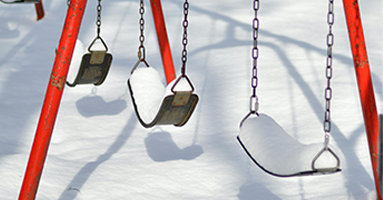
Setup a Phone Number or Email for Concerns
Frequent visitors to the playground are an excellent resource for gauging the condition of the equipment and grounds. Their observations are highly valuable as they may spot issues that the maintenance team has overlooked. Additionally, their input on how to enhance the playground's functionality and enjoyment is essential. It is essential to have the contact information posted for the playground's maintenance or the city's park department readily available for visitors to report any safety issues, make improvements, or offer suggestions.
Importance of Documentation
Keeping thorough inspection records is essential for proper playground management. These records must accurately document any problems discovered during inspections, as well as the steps taken to fix them. In addition, it is crucial to maintain maintenance logs containing photographs that document any repairs or replacements made. This thorough documentation is vital for monitoring the maintenance of the playground and ensuring it remains safe and compliant.
Regular inspections are essential for maintaining the safety and functionality of playground equipment. By adhering to daily, monthly, and annual inspection schedules, playground operators can help prevent accidents and extend the lifespan of the equipment. Ensuring a safe play environment allows children to enjoy the benefits of outdoor play without undue risk, fostering healthy development and community well-being.



























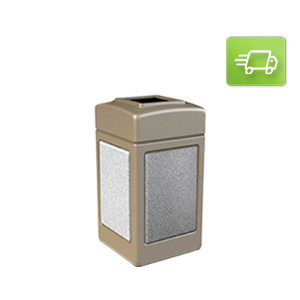



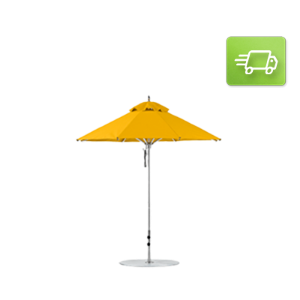



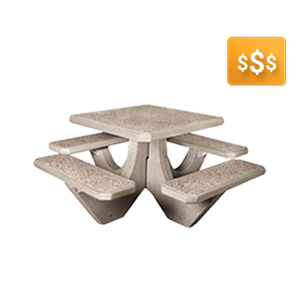
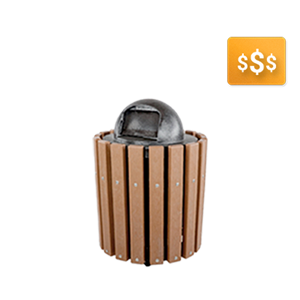
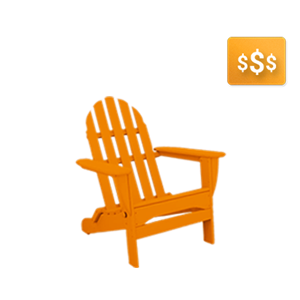


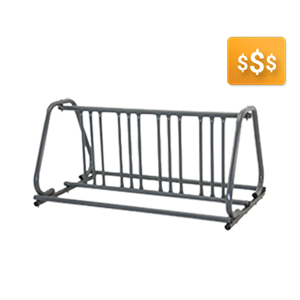
_936.png)






Leave your comment